The golden age of Lenz music
Diverse talent
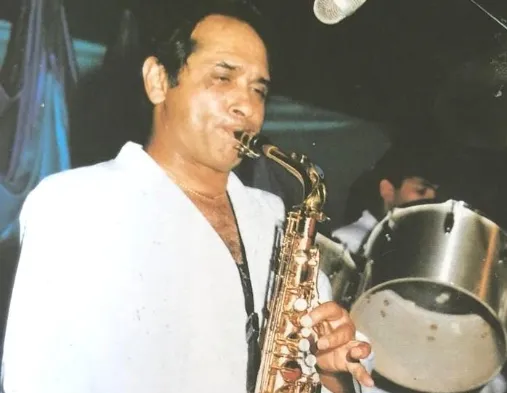
Jivan Ramjee
Image: Gopal Naransamy
THE Biblical expression: “Can anything good come out of Nazareth?” was a skepticism meant to cast doubt on whether a place of such unimportance - “Nazareth” - could ever produce the likes of a Messiah. It’s a pejorative for the unlikely, the improbable, the impossible.
The same question might be asked of Lenasia - an otherwise insignificant backwater imagined by the contorted minds that gave South Africa its most bizarre social engineering project, the Machiavellian and hated Group Areas Act of 1950. As a key piece of legislation enforcing racial segregation, the Act hollowed out many racially-mixed suburbs in Johannesburg: Doornfontein, Jeppe, Fordsburg - and shunted swathes of people to segregated areas.
An interesting phenomenon materialised in Lenasia in the late 1960s and 1970s.
A large and diverse number of musicians emerged - the majority self-taught: vocalists, drummers, guitarists, wind instrumentalists and Indian classical players, each rendering their own brand of pop, rock, funk, folk, Indian-film songs, serious Eastern classics. The plethora of bands was matched by the creativity of their names.
The "Echoes" was led by a well-known teacher, Edcent Williams. The band featured Jodie, Charlie and Dennis, and the honeyed vocals of Ivan Ross. Those of us, who grew up in the era of Cliff Richard, could hear the unmistakable sounds of "The Shadows" in their repertoire.
The "Doorknobs" made up of the Jackson brothers Neville, Brian and their prodigious schoolboy drummer, Gordon, took Lenasia by storm. They were joined on vocals by Johnnie Mustapha and his soon-to-be wife, Joyce. They later took on Nolan Narsoo (vocals). Their impresario was the proud dad, Uncle Gabriel, as we called him.
Closer to the late 1970s, "Sikky" Jooma arranged for his good friend, John Silver (brother to Dawn Lindberg of "Des and Dawn" fame) to play the classical guitar at the Ramakrishna Hall. Sikky also played alongside Perry Runganarben and Ash Lutchman at the Lenz Civic Centre in a battle of the band’s competition.
"Sludge" was the band name Sikky Jooma, Robert Abrahams, Ash Lutchman, Nolan Narsoo and Desmond gave themselves. They played a few times only, memorably, at the opening of a fashionable clothing boutique Papillon in downtown Joburg, at some private gigs in the then all-White suburb of Randburg, and at the Battle of the Bands at the Avalon Cinema in Fordsburg.
Another group, possibly formed after the breakup of the "Echoes" was the talented outfit "August Formation" made up of Jeff Moodley and Mervyn Naidoo on acoustic guitars and the tight harmonies of the Aaron brothers - Joey, Zervie, Clem and Peter, and the Williams brothers Ronnie, Richie, Rowie. These guys scaffolded three and four-part harmonies without hassle.
Joey would go on later to add his powerhouse of a voice to Gordon’s jazz ensemble.
"Born to be Wild" was made up of Kenayalal, ("Kunz"), Hari and Matthew Morgan. This popular trio created sensational music, fronted by the virtuosity of Kunz on electric guitar. Some still remember his implausible wizardry dishing out fiendish solos with his teeth or picking licks with the guitar above his head or - we kid you not - behind his back!
Into the mix were Sikky Jooma and Robert Abrahams, who by this time discovered their niche: folk music. They collaborated on certain stages with friends, Gordon and Andrew. They covered songs by CSNY, James Taylor, Simon & Garfunkel, and Sting. Any benefit concert, whether raising funds or supporting a worthy cause, would have had several musos on the lineup.
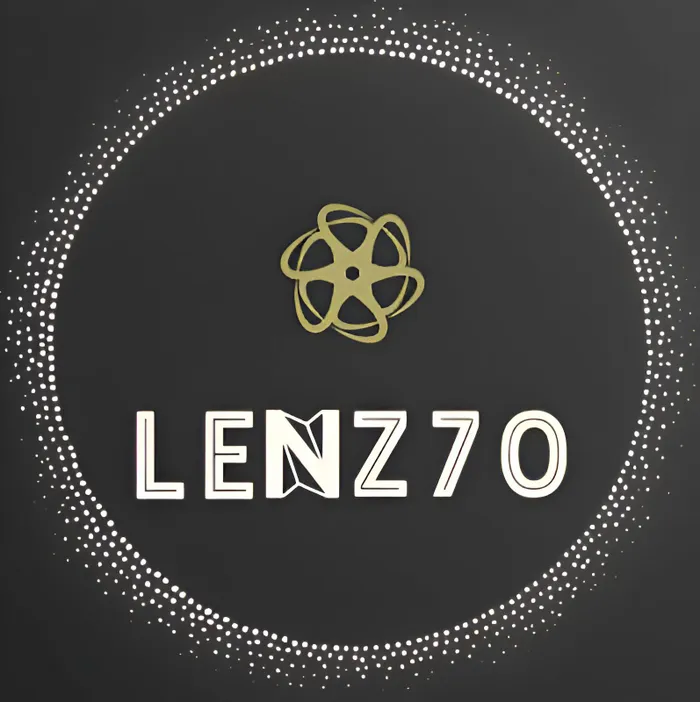
Lenasia turns 70
Image: Supplied
For a while, Robert and Jessica Sherman opened political rallies at the Lenasia Civic Centre with the protest songs written by Jessica for the potato boycott and the Wilson and Roundtree marches of the 1970s; or when Dr Allan Boesak was in town, or the eloquent Dr RAM Salojee was speaking, or someone from the United Democratic Front.
Two guitars, two mikes and a crowd waiting to be moved by these leaders.
After, the "Doorknobs", Neville Jackson moved into the dance scene with his "Night Raiders" made up of Boya and Sonny Poonen and Ikes. Strongly enunciated Latin rhythms brought dance-hungry revelers to their feet, week after week. Neville would form his next group, "Esplendos", which included the saxophone players Cyril and Percy. The guys were extremely busy, often playing every weekend at venues across the then Transvaal.
Another band to hit the local stage much earlier was "The Silver Jewels", a full-on dance band led by an uncle of the Jacksons, Everett Jackson. Playing in dance halls both fed the need people had to socialise, and for adding to the coffers of the musicians. Untold courtships had their genesis in such events. A sensational dance outfit featured several seasoned players, Jay Pavaday (saxophone), Lennie Somasundram (on piano), and Toonoes on drums.
Theirs were unadulterated dance swings and pure "langarm".
"The Highlights" played to pack venues. They were fronted by the explosive vocalist Soppy with hits straight from the silver screen. Guys who played for the band were variously Hemant Bhowan, Sikky Jooma and Nithia Singaram, who brought in the beauty of songs in the South Indian vernacular. Jivan Ramjee started the band, and it was the glue that kept everyone in harmony.
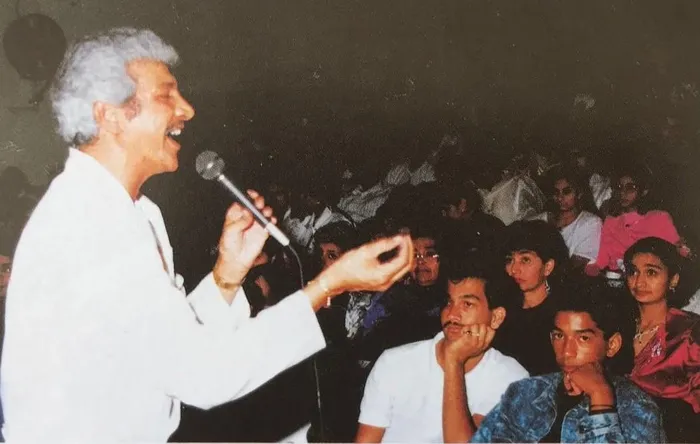
Soppie "Hi-Lites" Chafkar.
Image: Gopal Naransamy
"The Dilshaad Entertainers" also played uplifting or downright sad, unforgettable Bollywood songs at functions.
"Avikar Melodies" featured Hemant Bhowan, Chota Gowrie, and Bharat Guruparsad. They recorded two songs at the old Gallo Music studio on Fox Street. They played for a year or so at the Blue Danube dance hall in Fordsburg in the mid-1970s. Their crossover genre incorporated Indian "chutney" to western pop and blues. They also did the wedding circuit.
"The Ranjeni Orchestra" were a South Indian group that featured at cultural gatherings and at weddings. Siva Padayachey was a formidable Karnatik musician, who could joyously fuse into jazz with his next-door neighbour, Gordon Jackson.

Soobia Pillay, the Thigaraj Bhagvathar of South Africa, is accompanied by some members of the Ranjini Orchestra of Lenasia, 1986.
Image: Gopal Naransamy
Another group made up of family members was "Rajendra Sounds" focusing on film music. Added to the lineup was the hugely popular and entertaining Bushan Dass singing Indian film scores with his gentle and melodic vocal timbre. The inimitable Bash Hoosein could be caught laying it out at huge fetes, festivals and carnivals in halls and stadiums. People enjoyed his renditions of film music. Only a handful of musicians had the discipline to take their talent to the next level in formal "paper" music and, for us the uninitiated, its concomitant mysteries of music theory.
Gordon Jackson (flute under Dr Honey); Andrew Francis (piano with Mrs Liebman); and Professor Dawn Joseph, the Lenz-born Wits educated musician currently teaching at prestigious Deakin University in Australia.
Into this line-up of seriously trained musicians are accomplished Ram brothers, Rabindra (sarod), Vivek (sitar) and Deepak (bansuri), who honed their craft both in the country and outside, in North Indian classical and fusion. Alongside the enigmatic but sophisticated siblings were a host of other hugely talented Indian classical artists from the Lenasia School of Music.
They took their music for the discerning ear to various stages, halls, universities and recording studios locally and abroad. And who can ever forget the dedicated and devoted Indian classical music master, Jairam Bhana, who for several years lived and trained students at Tolstoy Farm. The rest of us plugged-on, barely literate, laboriously searching out from LPs melodic licks, improvisation, chords and harmonies all through the ear.
Several music venues opened in this period for bands: there was the Barn (named for the building at the entrance to Lenz that once housed farm animals). The Ramakrishna, Gandhi and Patidar Halls regularly hosted benefit concerts, social and community events and weddings.
Tahiti Cinema opened its doors to a few Indian band competitions. Richard Jon Smith was reputedly a guest performer on one occasion.
The Lenz Civic Centre and Jasmine Hall held sway for "lang-arm" and ballroom dances. A series of jazz bands emerged in the late 1970s and 1980s, playing great grooves - some dubbed the sound West Coast, others called it smooth jazz. Whatever the classification, the genre was contemporary, tight, seriously melodic and the musos were simply from another planet. The music spoke volumes for their artistry and inventiveness that turned the players into demigods in Lenz and beyond.
The musicians were the ever-evolving professional Gordon Jackson (drums, and later to a myriad of wind instruments); the unique Andrew Francis (keys); Gavin ("Gus") Poonen (virtuoso lead and rhythm guitar); inventive Spiri (wind); classy Gregory Moonsammy (bass), and later the huge talent of Alvin Fredericks (keys).
Many of the friends went on to record CDs of the music. They played to excellent reviews, extending well outside the narrow borders of the community.
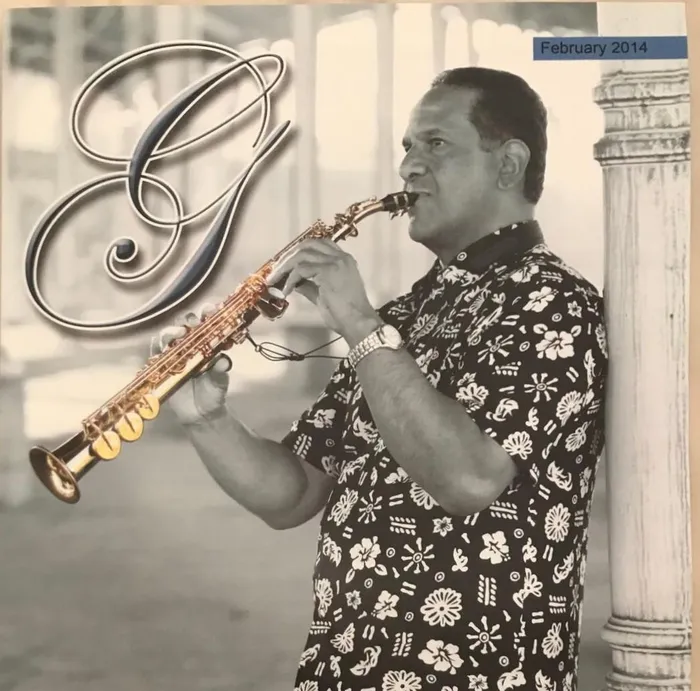
Gordon Jackson
Image: G Jackson
There were lovely guitar players, who for reasons of their own shunned the limelight, choosing instead to make music quietly with just a few buddies: Dooreh Morgan, who was not mesmerised by his cover of the Marmalade’s "Reflections of my life"; Neelan Poonen and his unfathomable love for the lugubrious pathos of Leonard Cohen’s "Suzanne" or "So long Marianne"; Bennie Augustine playing worship music; and Madhi “green eyes” - a rarity of genetics which drove the girls wild - with a good repertoire up his sleeve.
In retrospect, the question must be asked where all this talent came from, that made the era the high watermark of Lenz music? It’s not an easy question: there were no music schools in the area. There was school music, mainly children’s songs from the curriculum of the Transvaal Education Department. And there was the lone after-school music teacher, Madam Grace, teaching a handful of kids whose parents had some spare coins for her piano classes.
There was, of course, church music and temple music, but it was largely limited to worship hymns and bhajans. So, how do I explain this phenomenon?
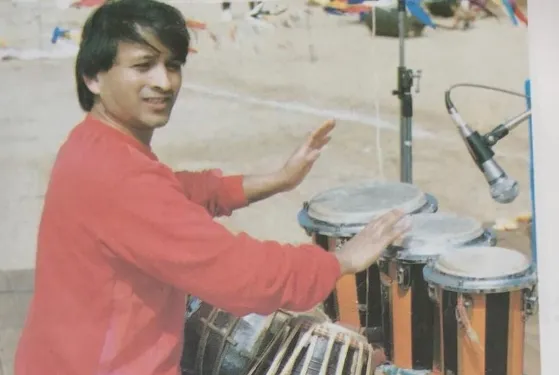
Prakash Harichandra
Image: Gopal Naransamy
It is likely that the seeds of talent were latent in the early residents’ chromosomes in Vrededorp and Fordsburg even before harried families packed for Lenz? It’s also possible to see the music gene running like a vein though families - think Ram, Jackson, Williams.
Could it be the influence of radio, or the ubiquitous influence of the decade’s defining happening - Woodstock, and the hippy counterculture movement it produced to which youngsters found themselves drawn?
For a small community in the south of Johannesburg, Lenasia hosted a sizeable number of acclaimed South African musicians, whose music made it to the charts during 1960s and later.
We pay homage to the many who lived and breathed music; who were consumed and played it to the point of mastery or exasperation; who were transported by its lure and dedicated themselves to it; who put in hours of rehearsals; who loaded and off-loaded instruments and equipment in the wee hours, winter or summer, and going bleary-eyed to jobs in the city in the morning, and who, like Sisyphus, do it all happily again for the next gig.
For their dedication, discipline and passion… take a bow.
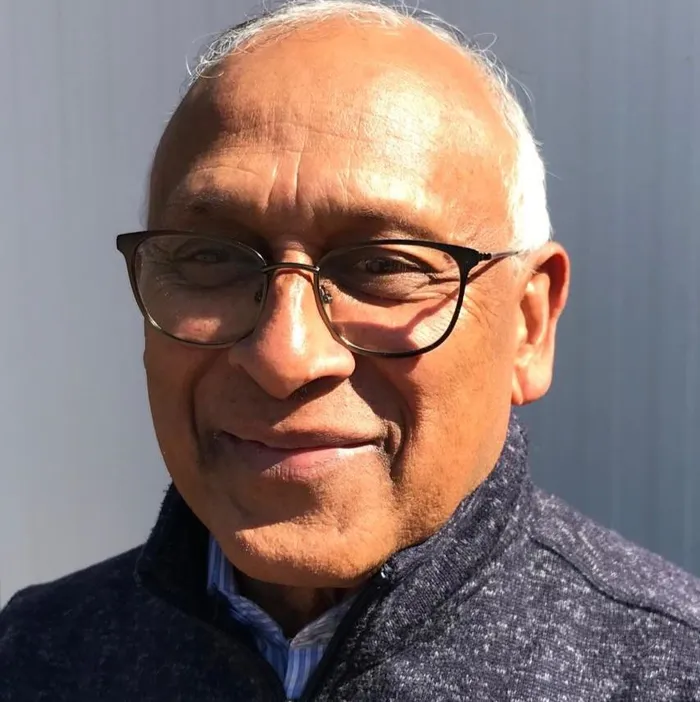
Robert Abrahams
Image: Supplied
Robert Abrahams is a retired school principal from Lenasia.
Related Topics: